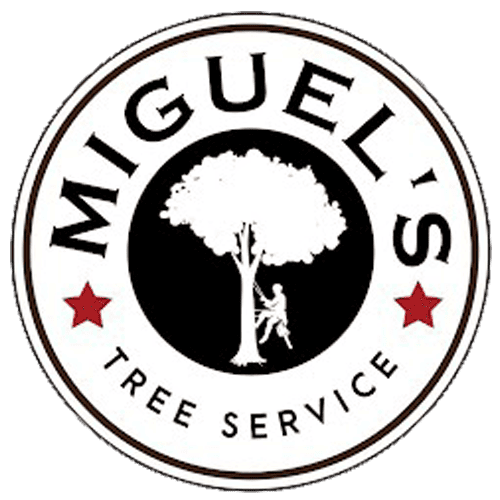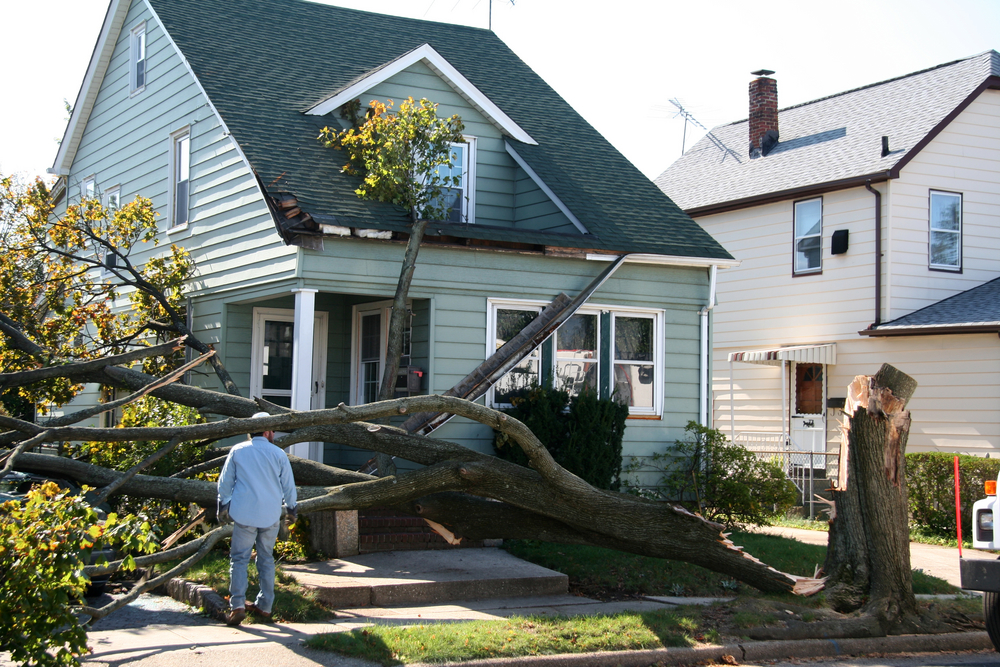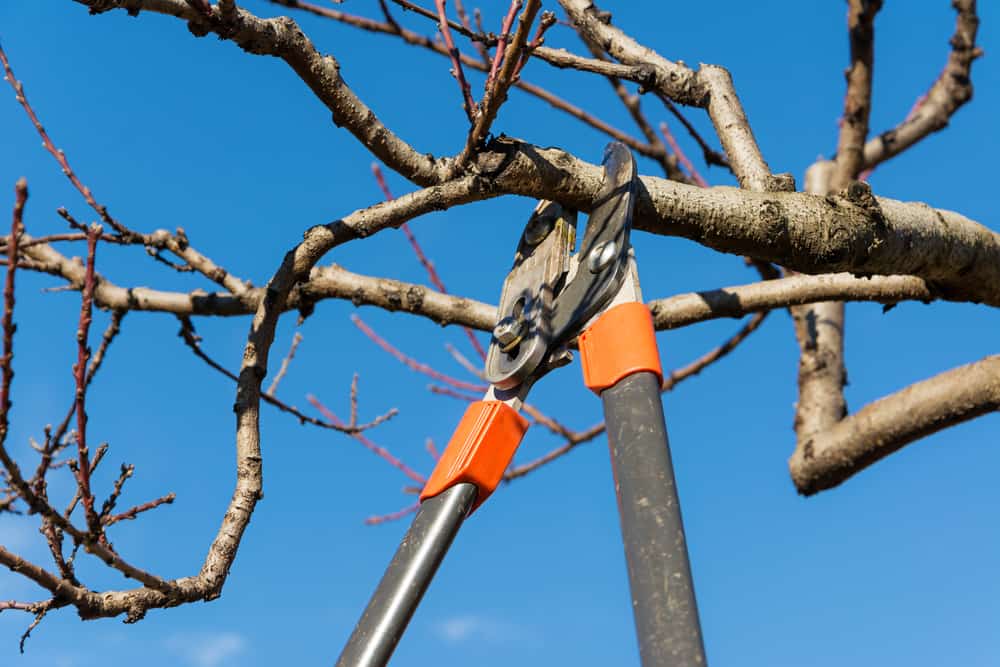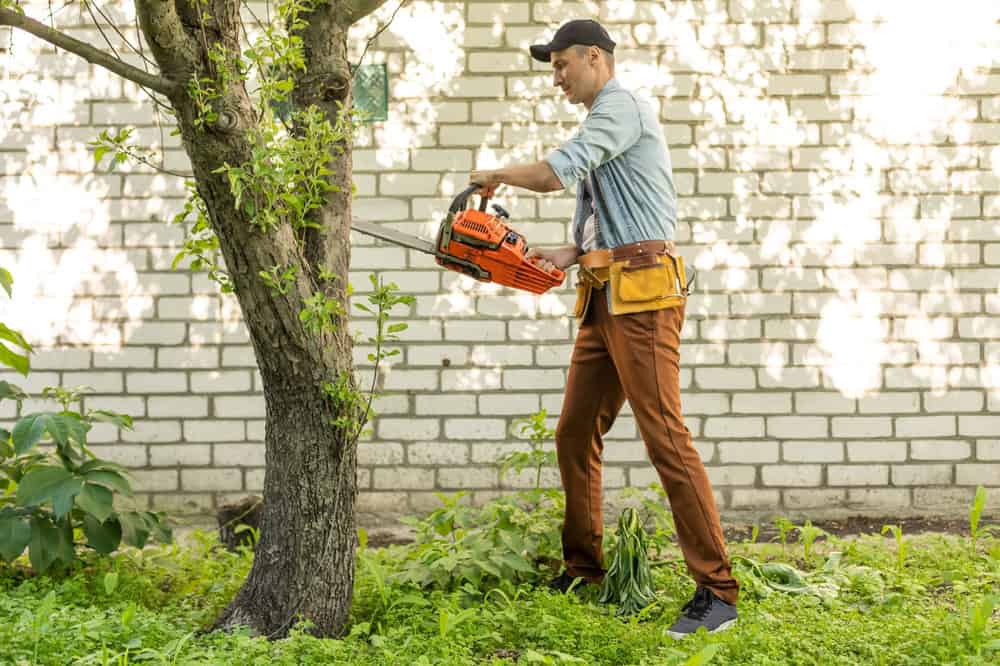Summary:
What Is Tree Trimming and When Do You Need It?
Tree trimming is all about control and appearance. When your trees start growing beyond their intended space or looking unruly, trimming brings them back into line. It’s the service you call when branches are getting too close to your house, hanging over your neighbor’s fence, or blocking your view.
The main goal is keeping your trees looking neat and preventing them from interfering with structures, power lines, or walkways. Think of it as a haircut for your trees—you’re not fixing health problems, you’re maintaining the shape and size you want.
Most Suffolk County homeowners need trimming when their trees have grown beyond their designated space or when they want to maintain a specific landscape aesthetic. It’s typically done more frequently than pruning, often twice a year depending on the tree species and growth rate.
Tree Trimming Benefits for Suffolk County Properties
Regular tree trimming keeps your property looking well-maintained, which matters in Suffolk County’s competitive real estate market where homes are selling for median prices around $649,000. When trees are properly shaped and sized, they enhance your home’s curb appeal rather than overwhelming it.
Trimming also prevents potential problems before they start. Overgrown branches can scrape against your roof during Suffolk County’s harsh winter storms, damage gutters, or create pathways for pests to reach your home. By keeping branches at appropriate distances from structures, you’re protecting your investment.
There’s also the neighbor factor that’s especially important in Suffolk County’s densely populated areas. Branches that hang over property lines can create disputes, drop leaves in pools, or block sunlight from gardens. Regular trimming keeps your trees within their boundaries and maintains good relationships with those around you.
The timing matters too. In Suffolk County, the best time for trimming is typically late fall or early spring when trees are dormant. This reduces stress on the tree and allows you to see the branch structure more clearly without leaves in the way. Our local climate makes this timing especially important for tree health.
For most homeowners, trimming is about maintaining the status quo—keeping trees at the size and shape that work best for your property. It’s preventive maintenance that stops small issues from becoming big problems that could threaten your home or require expensive emergency tree service.
Signs Your Trees Need Trimming
You’ll know it’s time for trimming when you start noticing branches where they shouldn’t be. If you’re ducking under low-hanging branches when you walk across your yard, or if branches are touching your house, it’s time to call for tree trimming services.
Look for branches that are growing toward structures, crossing over each other, or creating dense areas where light can’t penetrate. These are all signs that your tree needs shaping to maintain its intended form and function in your landscape. Dense growth can also trap moisture, creating perfect conditions for the fungal diseases that commonly affect Suffolk County trees.
Another clear indicator is when your trees start looking unbalanced or lopsided. This often happens when one side gets more sunlight and grows faster than the other, which is common in Suffolk County’s varied landscape where trees compete for space and light. Trimming can restore balance and create a more pleasing appearance.
Safety concerns are immediate triggers for trimming. If branches are hanging over walkways, driveways, or areas where people regularly walk, they need to be addressed quickly. The same goes for branches that are rubbing against your home’s siding or roof—constant friction can damage both the tree and your property.
In Suffolk County, pay attention to how your trees look after storms. Even if branches didn’t break, they might have been weakened or pushed into positions where they’re now interfering with structures or other branches. Post-storm trimming often prevents future problems and keeps your property safe.
Watch for branches growing into power lines or getting close to utility equipment. Suffolk County utility companies have strict requirements about tree clearance, and proactive trimming prevents forced utility pruning that might not be aesthetically pleasing.
Tree Pruning: When Your Trees Need Health Care
Tree pruning is medical care for your trees. While trimming focuses on appearance and control, pruning targets the tree’s health and structural integrity. It’s about removing parts of the tree that are dead, diseased, damaged, or growing in ways that compromise the tree’s long-term health.
The goal is to help your tree live longer, grow stronger, and resist diseases and pests. Pruning removes problem areas before they can spread issues to healthy parts of the tree. It’s more strategic and requires understanding tree biology and disease patterns.
Unlike trimming, which you might do regularly for maintenance, pruning is typically done when specific health issues are identified or as preventive care during dormant seasons. It requires more expertise because making the wrong cuts can actually harm the tree and create entry points for diseases.
Common Tree Health Issues in Suffolk County
Suffolk County trees face several recurring health challenges that proper pruning can address. Oak Wilt is a serious fungal disease that clogs the tree’s water transport system, causing rapid leaf wilting and potentially killing the tree. Early pruning of affected branches can sometimes save the tree, but timing is critical—oak trees should never be pruned during spring when oak wilt beetles are most active.
Dutch Elm Disease remains a significant threat in our area, spread by elm bark beetles and causing widespread yellowing and wilting. Proper pruning removes infected branches and reduces the beetle’s breeding sites, helping protect healthy trees in the area. This disease has devastated elm populations across Long Island, making preventive pruning essential.
Anthracnose affects many local species including dogwoods and maples, creating dark lesions on leaves and stems. Strategic pruning improves air circulation through the canopy, making conditions less favorable for this fungal disease to spread. Suffolk County’s humid summers create perfect conditions for anthracnose, so proper pruning is crucial.
Dead or dying branches are common after Suffolk County’s harsh winters and summer storms. These branches not only look unsightly but can become entry points for insects and diseases. Tree cutting to remove these weak points before they compromise the entire tree is essential preventive care.
Crossed or rubbing branches create wounds where bark gets damaged. These wounds are perfect entry points for bacteria and fungi. Pruning eliminates these problem areas and allows the tree to heal properly. In Suffolk County’s dense suburban environment, trees often grow in cramped conditions that promote branch crossing.
The key is catching these issues early. Regular inspection and timely pruning can prevent minor problems from becoming major threats to your tree’s health and longevity. We understand how to identify early warning signs and take appropriate action.
Best Timing for Tree Pruning in Suffolk County
Timing is crucial for effective pruning in Suffolk County’s climate. Late winter or early spring is generally the best time for most pruning work. Trees are dormant, which minimizes stress and allows them to heal quickly when growing season begins. February through early March typically works well for most species in our area.
For spring-flowering trees like dogwoods and cherry trees that are common in Suffolk County landscapes, prune immediately after they finish blooming. This gives them time to develop next year’s flower buds without sacrificing this year’s display. Summer-flowering trees can be pruned in late winter without affecting their blooms.
Emergency pruning is different. If you notice dead, diseased, or damaged branches, remove them immediately regardless of season. Waiting for the “right” time can allow problems to spread to healthy parts of the tree. This is especially important with diseases like oak wilt that can spread rapidly through Suffolk County tree populations.
Avoid pruning during active growth periods in late spring and early summer when trees are putting energy into new leaves and shoots. Also avoid fall pruning in Suffolk County, as fresh cuts don’t have time to heal before winter weather arrives. Our sometimes harsh winters can damage fresh pruning cuts.
Weather conditions matter too. Don’t prune when it’s wet, as moisture can spread diseases between cuts. Choose dry days when you can make clean cuts that will heal properly. Suffolk County’s humid climate makes this timing consideration especially important.
Some tree species have specific timing requirements. For example, maples and birches should be pruned in late summer to avoid excessive bleeding of sap. These species are common in Suffolk County and require special consideration. We understand these species-specific requirements and can time pruning appropriately.
Consider your tree’s age and condition when planning pruning. Young trees benefit from structural pruning to establish good form, while mature trees might need corrective pruning to address problems that have developed over time. Suffolk County’s mix of established and newer neighborhoods means trees of all ages need appropriate care.
Choosing the Right Tree Service for Your Suffolk County Property
Understanding the difference between trimming and pruning helps you make informed decisions about your tree care needs. Trimming maintains appearance and prevents interference with structures, while pruning addresses health issues and promotes long-term tree vitality.
Both services require proper timing, appropriate tools, and understanding of tree biology. Attempting either without proper knowledge can damage your trees and create safety hazards. Professional tree service providers have the expertise to assess your trees’ specific needs and recommend the right approach.
When you’re ready to give your trees the care they deserve, Miguel’s Tree Service brings 15 years of experience to Suffolk County properties. We understand local tree species, disease patterns, and the timing that works best in our climate.




